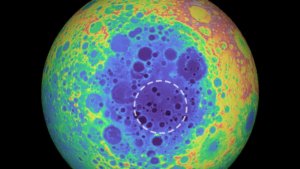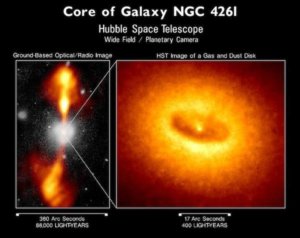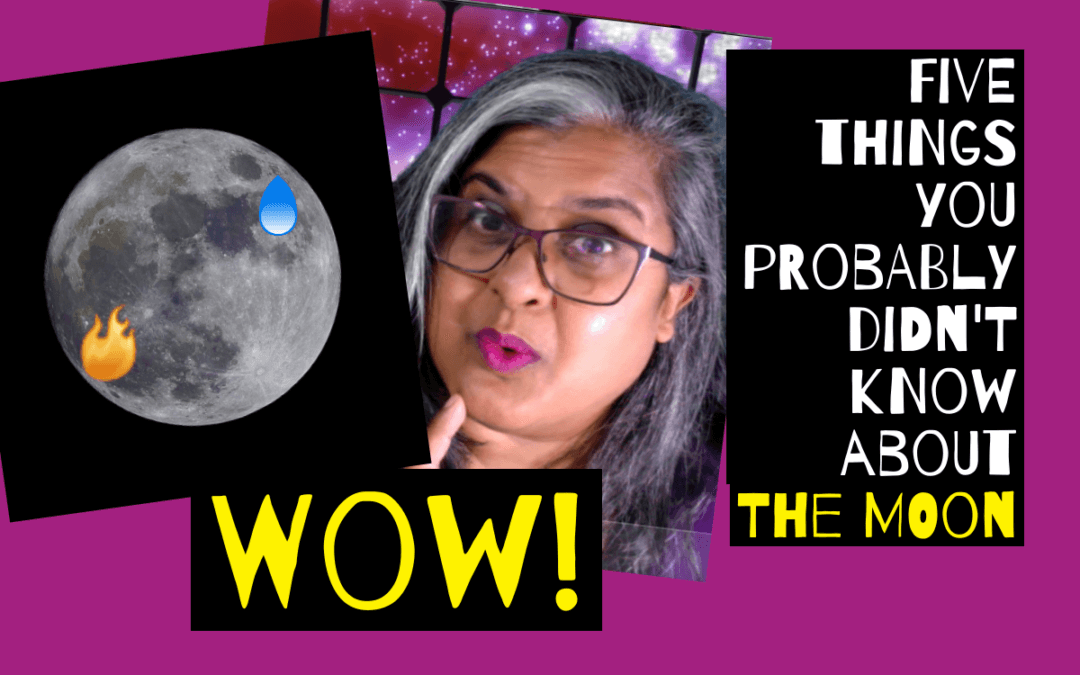Five things you probably didn’t know about the Moon
Here are five mind-blowing facts you may not have realised about our closest neighbour
1. The Moon is flashing at us and we don’t know why
For many years now we have seen flashes on the Moon. They last between a few minutes to hours and we can’t predict them.
They have been spotted by amateur astronomers as well. Interestingly they do not seem to leave traces behind on the surface of the Moon.
Some speculate that these flashes could be associated with seismic activity but astronomers do not really know what they are.
Explanation: these flashes are created because the Moon also displays Black Hole Principle behaviour in that sometimes it creates light through the annihilation process of matter and antimatter.

The Black Hole Principle
2. A very dense anomaly has been detected under the South Pole of the moon.
As our ability to analyse bodies in space become more sophisticated, we have been able to scan the moon more deeply and found a few surprises. This has led to the finding of a very dense anomaly at the South Pole of the Moon. It could be some kind of very heavy metal and it’s 300 km beneath the surface. Our sense of the consistency of the moon has had to change.
Explanation: As discussed in previous articles on this site, it seems that many elements are generated by The Black Hole Principle, possibly all the elements. So this could be the reason why there is a dense anomaly 300 km beneath the surface of the Moon. It is being created by the centre of the Moon.

Image: © NASA/Goddard Space Flight Center/University of Arizona
3. The Moon contains water ice and could be producing it.
We used to think that the Moon was dry but now we know there is a lot of water there. It is especially around the poles and in craters as water ice.
Explanation: Water production is one of the hallmarks of The Black Hole Principle. We would expect water to be plentiful at the poles as The Black Hole Principle works in a bipolar jet fashion as seen at the galaxy level.
Moon craters then become a result of an upwelling force not impact. As the flow reaches the surface from the Moon’s core, water jets are formed, hence the ice found in the craters. So far there have been signs that mainstream scientists are realising that moons can have upwelling effects and explosions due to the crater dynamics but this is far from a generalised idea.

4. There could be active volcanoes on the moon.
Astronomers have detected signs of volcanic activity on the far side of the moon. We think there was some in the past but it could still be going on. We see volcanic activity on other moons in the solar system but this was also unexpected.
Explanation: Volcanic activity is also the periodic release of energy from beyond the speed of light from the inner black hole dynamo of each planet of each moon.
5. The moon is brighter than the sun in the gamma-ray spectrum.
We now have different telescopes in use that look at different parts of the electromagnetic spectrum. This has revealed to us that the Moon is actually brighter than the sun in the gamma-ray spectrum.
Explanation: Of course, the mainstream scientists will say that the gamma rays are only just hitting the moon from outside, but according to The Black Hole Principle, it is perfectly possible for the Moon to be creating gamma rays itself.
I hope you have enjoyed our exploration of the Moon. Are there any facts that we have missed out? Which new revelations have interested you the most? Please leave a comment below this article.



